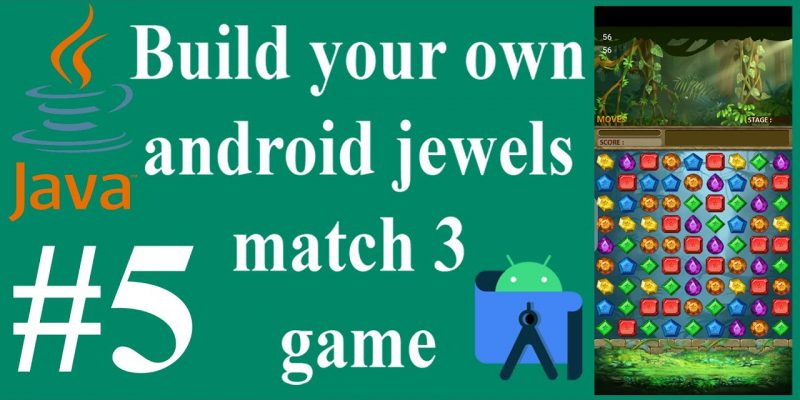If you’re interested in creating a mobile game, match3 puzzle games are a popular choice. In this article, we will explore how to develop a match3 puzzle game using Android Studio, and provide tips for getting started.
What is Android Studio?
Android Studio is the official integrated development environment (IDE) for Android app development. It is based on the IntelliJ IDEA and provides a streamlined and intuitive development experience for creating Android apps.
Getting Started with Android Studio Match3 Puzzle Game Development
Here are some steps to get started with Android Studio match3 puzzle game development:
1. Set Up Your Environment
Before starting development, you need to set up your environment. This includes installing Android Studio and setting up the Android SDK.
2. Create a New Project
Once your environment is set up, create a new project in Android Studio. You can choose the project name, package name, and other details.
3. Design the Game Layout
Design the layout of your game using XML. You can use the Android Studio layout editor to drag and drop UI components onto the design canvas.
4. Implement Game Logic
Implement the game logic using Java. This includes defining the rules of the game, such as matching three or more objects of the same color.
5. Test Your Game
Test your game on an emulator or physical device to ensure that it is working as expected.
Tips for Developing a Successful Match3 Puzzle Game
Here are some tips for developing a successful match3 puzzle game:
1. Keep it Simple
Match3 puzzle games are popular because they are simple and easy to play. Keep your game mechanics simple and intuitive.
2. Focus on User Experience
User experience is critical for the success of your game. Ensure that your game is easy to navigate and that the UI is intuitive.
3. Use High-Quality Graphics and Sound
High-quality graphics and sound can enhance the user experience of your game. Use high-quality assets, animations, and sound effects to create an immersive experience.
4. Offer In-Game Rewards
In-game rewards can provide players with a sense of accomplishment and motivation to continue playing. Consider offering rewards such as coins or power-ups for completing levels.
5. Implement Social Features
Implement social features such as leaderboards and achievements to encourage competition and social interaction among players.
Conclusion
Developing a match3 puzzle game using Android Studio can be a fun and rewarding experience. With Android Studio, you can create a streamlined and intuitive development environment for creating mobile games. Keeping your game mechanics simple and intuitive, focusing on user experience, using high-quality graphics and sound, offering in-game rewards, and implementing social features can help you create a successful match3 puzzle game. Follow these tips and get started on creating your own match3 puzzle game today!

